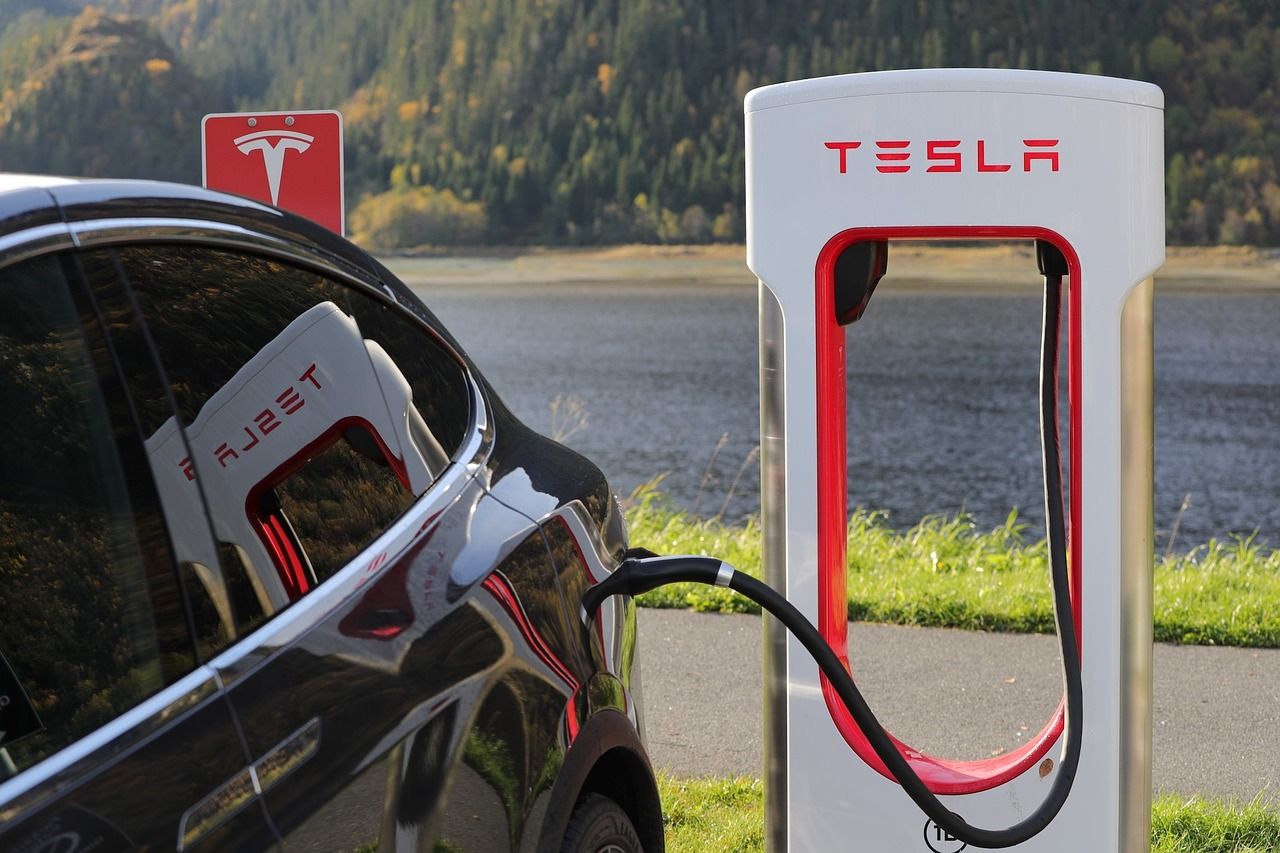This abundant and inexpensive element could revolutionize batteries
Follow us on Google News (click on ☆)

Illustrative image from Pixabay
This new approach, detailed in Science Advances, could profoundly impact battery production. Iron, being abundant and inexpensive, could not only reduce battery costs but also improve their energy density and safety. Xiulei Ji emphasizes that iron is much cheaper than cobalt and nickel, making batteries more financially accessible.
The economic and environmental benefits of this innovation are significant. Currently, the cathode accounts for half the production cost of a lithium-ion battery cell. By using iron, costs could drop considerably, and battery safety would be enhanced. Additionally, cobalt and nickel reserves are limited, posing a threat to future battery production.
The components of a battery are essential to its functioning. A battery comprises two electrodes, the anode and the cathode, a separator, and an electrolyte. In a lithium-ion battery, lithium ions move between the anode and cathode during charging and discharging.
To make iron more reactive, the researchers created a chemical environment using fluorinated and phosphated anions. This environment allows a reversible transformation of a mixture of iron powder, lithium fluoride, and lithium phosphate into iron salts, which is crucial for the battery to be rechargeable.
The future of batteries looks promising with this innovation. Although storage efficiency still needs improvement, Ji remains optimistic about the rapid commercialization of this technology. With adequate investments, these iron-cathode batteries could soon surpass current batteries in terms of cost, performance, and environmental friendliness.